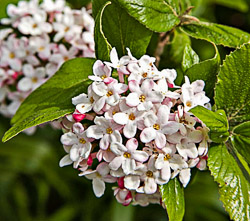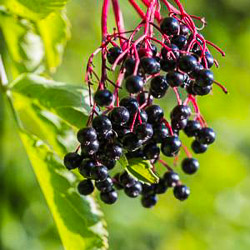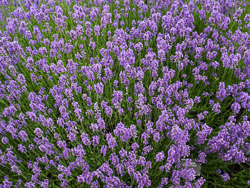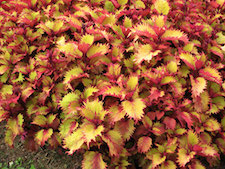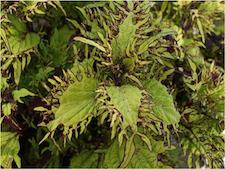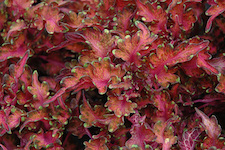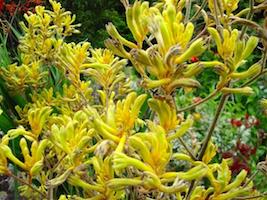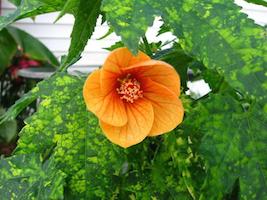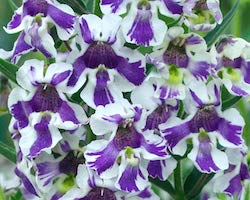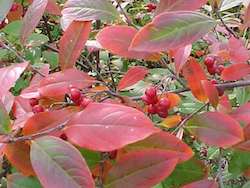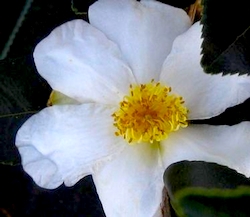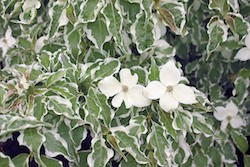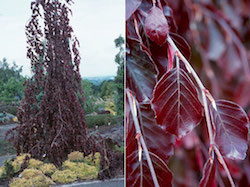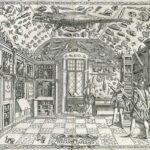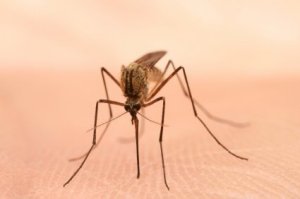We had an interesting question from a member last week about our French Tarragon. The member asked whether the Tarragon that we will have for sale will be really French Tarragon or Russian Tarragon. I want to assure you all, that our Tarragon is the real deal…
French Tarragon does not produce seeds and can be propagated only by cuttings. Grown by cuttings (and organic cuttings at that) our Tarragon can be counted on to add its distinctive licorice taste to your cooking.
Tarragon Cooking Tips
- When tarragon is dried, the oils dissipate. Thus, fresh tarragon has a much more intense flavor than dried, and should be used sparingly.
- To retain the most flavor of fresh tarragon during storage, freeze whole sprigs in an airtight baggie for 3 to 5 months. No need to defrost before using.
- Dried tarragon should be kept in a sealed container in a cool, dark place and used within 1 year.
- Heat greatly intensifies the flavor of tarragon, both fresh and dried.
- Tarragon vinegar is easy to make. Put fresh tarragon sprigs into a sterilized bottle of distilled white vinegar. Taste after a few days. Continue steeping until it suits your taste. Once desired strength is achieved, remove the sprigs.
- Vinegar can also be used to preserve fresh tarragon sprigs. Store in the refrigerator. Rinse and pat dry before use. Use the preserved tarragon in sauces, butters, or any recipe where fresh is not required.
- Tarragon is also a good herb to use in infused oils.
- Tarragon is a prime ingredient in Bérnaise Sauce and the French favorite herb mixture, fines herbes.
- If you run out of tarragon, you can substitute chervil or a dash of fennel seed or anise seed in a pinch, but the flavor will not be as intended.
- 1/2 ounce fresh tarragon = 1/3 cup.
- 1 Tablespoon fresh tarragon = 1 teaspoon dried.
Tarragon Recipe
Here’s nice recipe for using tarragon:
Green Goddess Chive Dressing
This creamy dressing is rich with herbs–chives, garlic, scallions and tarragon–and uses far less anchovy than most green goddess dressings. A delightful green salad or seafood topper!
Ingredients:
1/2 cup mayonnaise
1/2 cup sour cream
1/3 cup chopped fresh chives
1 chopped green onion
1 clove garlic, peeled
1 tablespoon tarragon vinegar
1 teaspoon chopped fresh tarragon
1 teaspoon white sugar
1 teaspoon Worcestershire sauceDirections:
In a blender or food processor, combine mayonnaise, sour cream, chives, green onion, garlic, vinegar, tarragon, sugar and Worcestershire sauce and blend until smooth.
Season to taste with salt and pepper. Cover and refrigerate until serving. It will keep up to three days in the refrigerator.
==Lesley Parness

